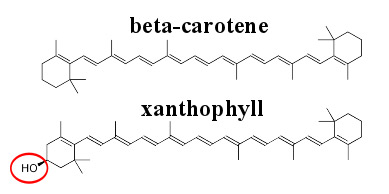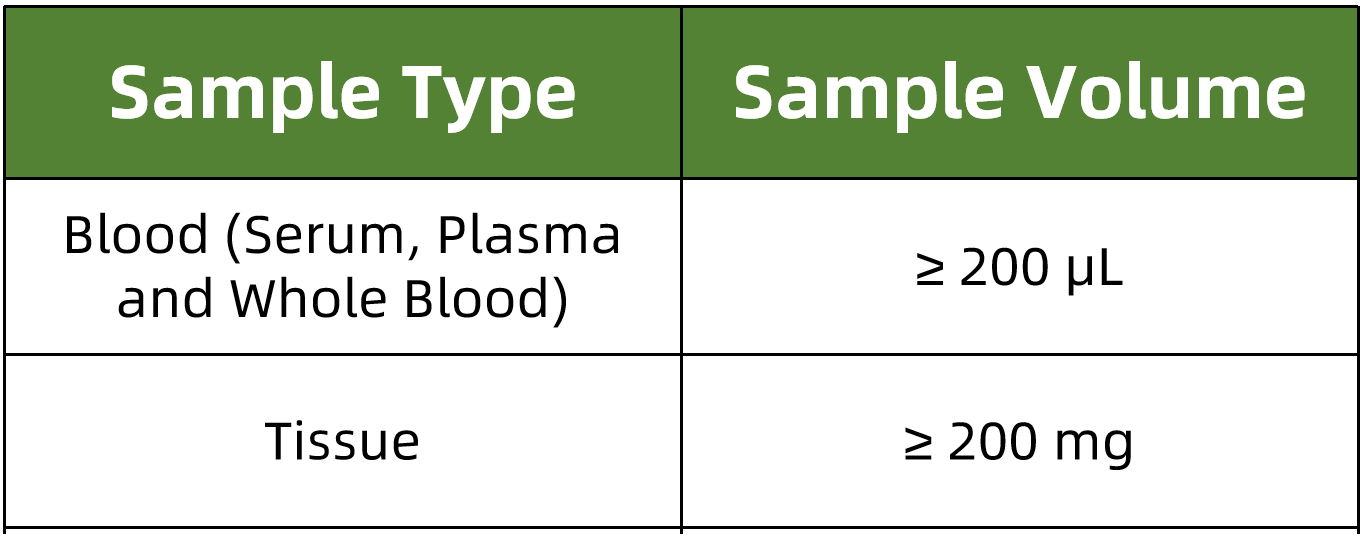Carotenoids Analysis Service | UPLC-MS
- Rapid Analysis Cycle and Cost-Effectiveness
- Stable, Reliable, and Highly Sensitive Results
- Comprehensive One-Stop Service for Extensive Testing Needs
- User-Friendly Operation with Wide Application Scope
- Supported by Extensive Bioanalytical Resources and Advanced Platforms
Carotenoids are natural pigments widely found in plants, algae, and certain microorganisms, with significant biological roles. Based on their chemical structure, carotenoids can be divided into two major types: oxygen-containing xanthophylls and hydrocarbon carotenes.
Xanthophylls, such as lutein and zeaxanthin, contain oxygen atoms and primarily function in photosynthesis and antioxidant protection. They absorb excess light energy and convert it into heat, preventing photooxidative damage to plant cells. In humans, these xanthophylls are crucial for eye health, filtering blue light and protecting the retina from oxidative damage, helping prevent age-related macular degeneration and other eye diseases.
Carotenes, such as beta-carotene and lycopene, do not contain oxygen atoms and mainly participate in light energy capture and pigmentation. Beta-carotene is a precursor of vitamin A, essential for maintaining vision, promoting growth, and enhancing immune function. Lycopene, with its strong antioxidant properties, neutralizes free radicals and reduces oxidative stress, potentially protecting against certain cancers and cardiovascular diseases.

Figure 1. The Two Main Types of Carotenoids
The metabolism and function of carotenoids are closely related to various human health issues, including cardiovascular diseases, cancer, eye diseases, and immune function. Quantitative and qualitative analysis of carotenoids and their derivatives provide deeper insights into their mechanisms in physiological and pathological processes, supporting research in disease prevention and treatment.
MtoZ Biolabs utilizes ultra-performance liquid chromatography-mass spectrometry (UPLC-MS) technology to analyze carotenoids. UPLC-MS combines the separation capabilities of UPLC with the detection power of MS, ensuring high sensitivity and specificity in carotenoid detection. Through rigorous sample preparation and precise mass spectrometry detection, we provide high-quality quantitative and qualitative evaluations of carotenoids and their derivatives.
Analysis Workflow

Service Advantages
Sample Submission Requirements

For detailed sample submission instructions, please consult our technical team.
Applications
Nutritional Research: Study the role of carotenoids in nutritional metabolism and dietary supplementation through changes in their levels.
Disease Prevention and Treatment: Detect carotenoids and their derivatives to support research in cardiovascular diseases, cancer, eye diseases, and immune function.
Plant Research: Analyze carotenoids in plants to reveal their roles in photosynthesis and antioxidant protection.
Food Science: Evaluate the carotenoid content in foods to help develop nutrient-rich functional foods.
Our Carotenoid Analysis Service provides high-quality data support, advancing your scientific research and clinical applications. For any inquiries or requirements, please contact us.
How to order?







